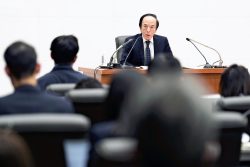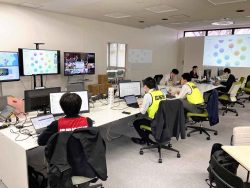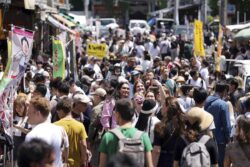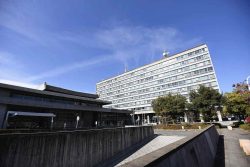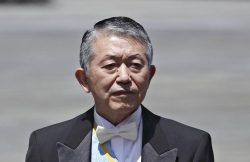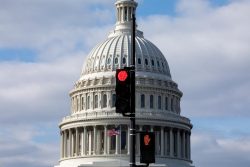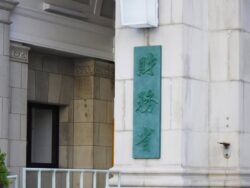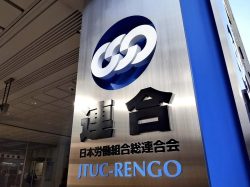Incoming Nissan President Vows Faster Model Development; Top Officer Ranks to be Thinned for Efficiency
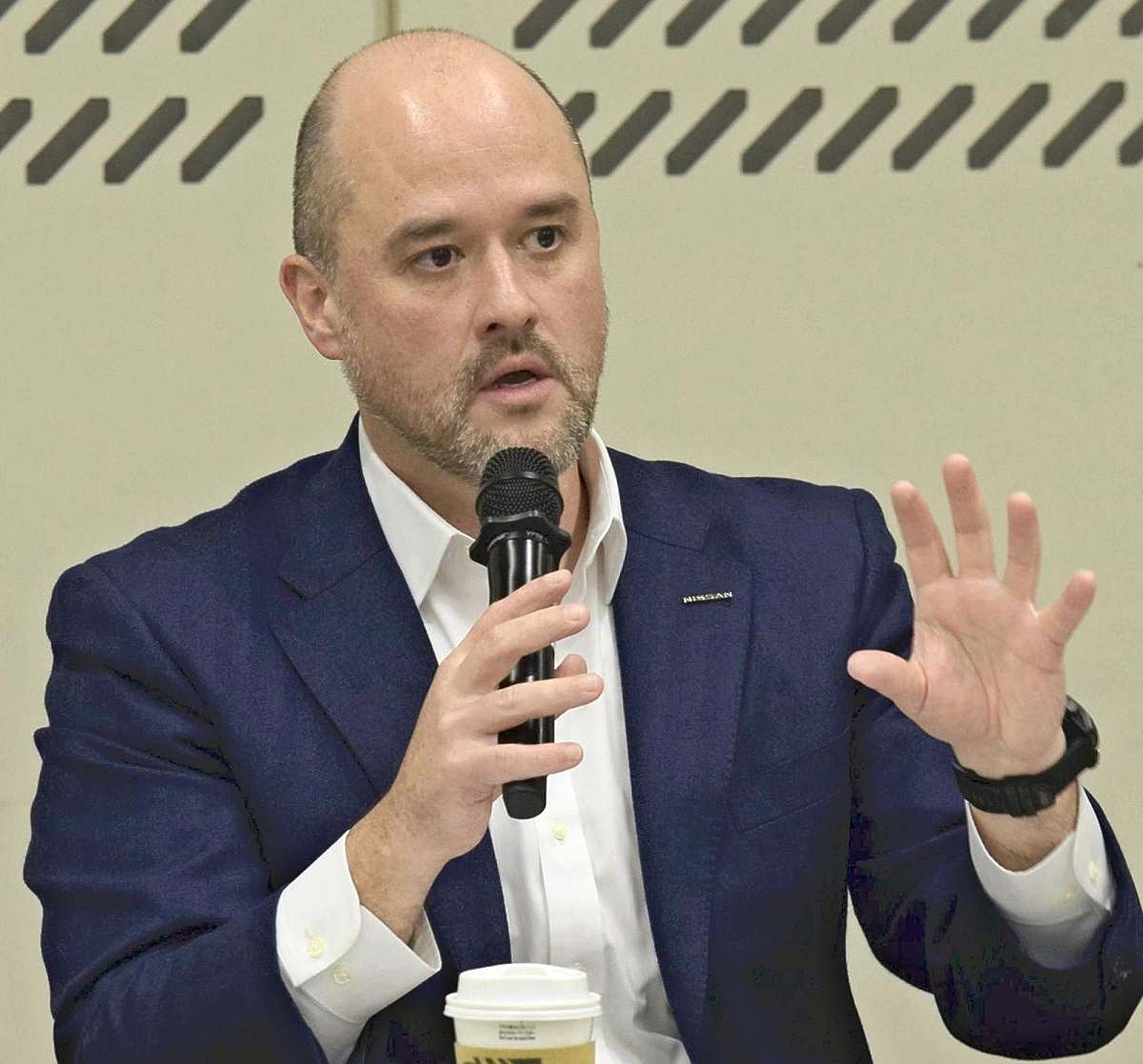
Incoming Nissan Motor Co. President Ivan Espinosa speaks to reporters in Atsugi, Kanagawa Prefecture.
18:14 JST, March 27, 2025
Nissan Motor Co. has geared up to turn around with a new executive framework under incoming President Ivan Espinosa, who will assume the post as of Tuesday.
The automaker will greatly reduce its number of corporate officers to enhance its decision-making speed, and it also plans to release an array of new vehicle models. However, Nissan still has further tasks to accomplish, such as finding a new partner after a breakdown in merger talks with Honda Motor Co. and promoting corporate downsizing.
Faster model development
Espinosa, who is currently Nissan’s chief planning officer, told reporters that the only way to cope with the rapidly changing market is speed, and he said he was committed to leading the company.
Nissan announced Wednesday its global strategy under the new management structure and an array of new models, with at least 13 to be released between fiscal 2025 and 2028.
In the mainstay U.S. market, Nissan will offer a plug-in hybrid vehicle (PHV) version of the compact Rogue sport utility vehicle (SUV) in fiscal 2025, and the model’s hybrid vehicle (HV) version in fiscal 2026, having learned the lesson that the slump in its business is attributable mainly to its failure to introduce hybrid vehicles, which are increasingly popular in the United States.

An all-new Nissan Leaf to be released in Japan, the United States and Europe in fiscal 2025
As for electric vehicles (EVs), an all-new Nissan Leaf, which has achieved significant range improvements, will be on sale in Japan, the United States and Europe in fiscal 2025. EV SUVs of luxury brand Infiniti will be released in the United States.
Espinosa, 46, pointed out that a long development time for new models hampered Nissan in coping with changes in the market, resulting in its performance deteriorating. He said he would slash vehicle development time from the current level of about 55 months to around 48 months in the future.
Partner from other industries
The Nissan-Honda merger talks broke off in February. With a huge amount of investment required to develop next-generation software defined vehicles (SDVs), Nissan must find a new partner soon. Espinosa said Nissan was willing to collaborate with companies in other industries as SDVs — the functionality of which is enhanced with software — will require technology that automakers do not have.
From April, Nissan will abolish most of its corporate officer positions, reducing the number of officers engaging in management from the current 55 to 12. Compared with nine officers at Toyota Motor Corp., Nissan was said to have “too many captains” steering the ship, causing slow decision-making.
Espinosa said he believed the reorganized executive structure would expedite the decision-making process. He would move forward with initiatives with a common direction, he said.
Even so, the market sees this reform as insufficient. Even though two representatives, including President Makoto Uchida, will step down from board of directors and be replaced at a general shareholders meeting in June, all eight outside directors are expected to stay in their positions. Some investors see this as a problem.
“Nissan’s poor performance is not just the responsibility of President Makoto Uchida, but also the board of directors,” Attorney Shin Ushijima, a corporate governance expert, said. “It is unnatural that none of the outside directors are resigning, and it looks like they are pushing the responsibility onto Uchida.”
"Business" POPULAR ARTICLE
-
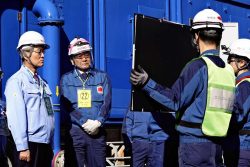
Keidanren Chairman Yoshinobu Tsutsui Visits Kashiwazaki-Kariwa Nuclear Power Plant; Inspects New Emergency Safety System
-
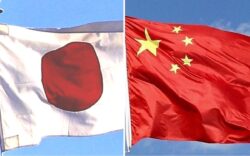
Imports of Rare Earths from China Facing Delays, May Be Caused by Deterioration of Japan-China Relations
-
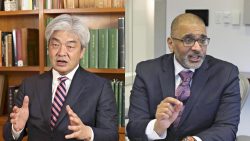
University of Tokyo Professor Discusses Japanese Economic Security in Interview Ahead of Forum
-
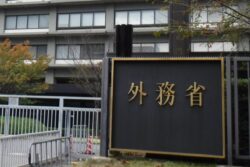
Japan Pulls out of Vietnam Nuclear Project, Complicating Hanoi’s Power Plans
-

Govt Aims to Expand NISA Program Lineup, Abolish Age Restriction
JN ACCESS RANKING
-

Keidanren Chairman Yoshinobu Tsutsui Visits Kashiwazaki-Kariwa Nuclear Power Plant; Inspects New Emergency Safety System
-

Imports of Rare Earths from China Facing Delays, May Be Caused by Deterioration of Japan-China Relations
-

University of Tokyo Professor Discusses Japanese Economic Security in Interview Ahead of Forum
-

Japan Pulls out of Vietnam Nuclear Project, Complicating Hanoi’s Power Plans
-

Govt Aims to Expand NISA Program Lineup, Abolish Age Restriction






